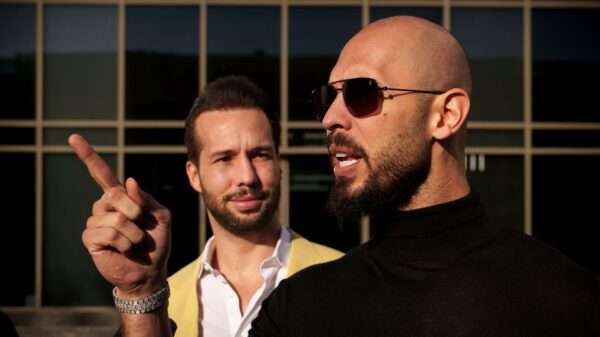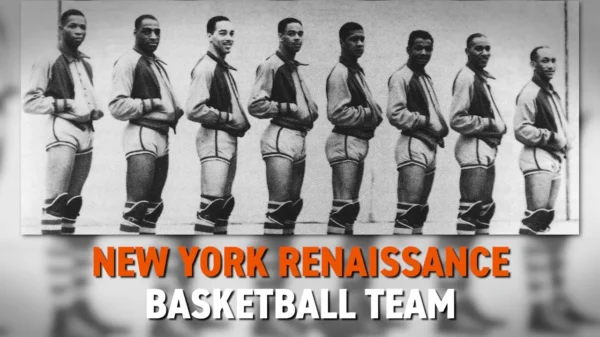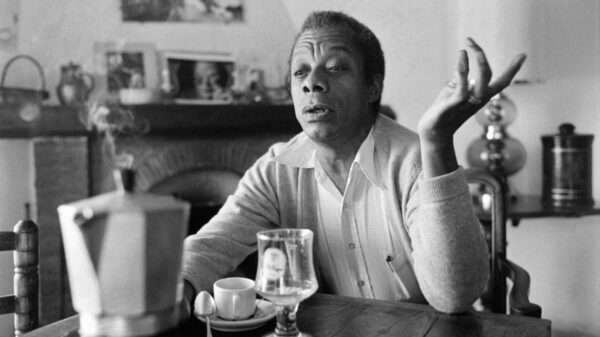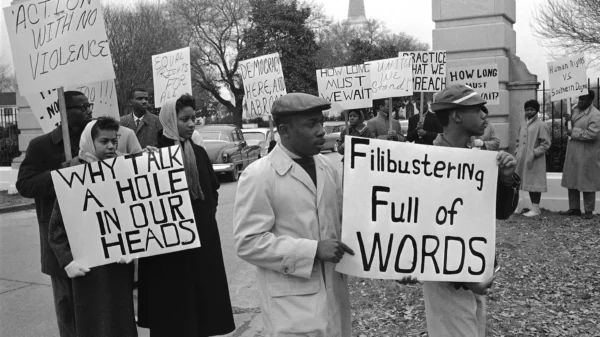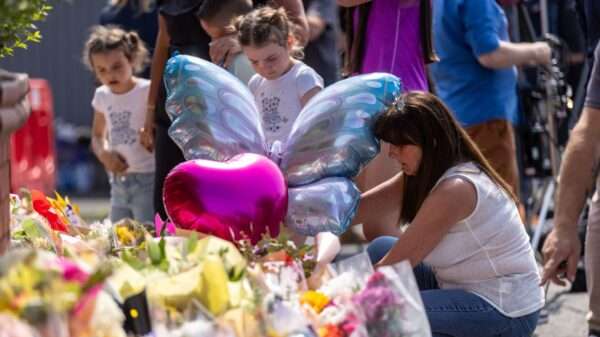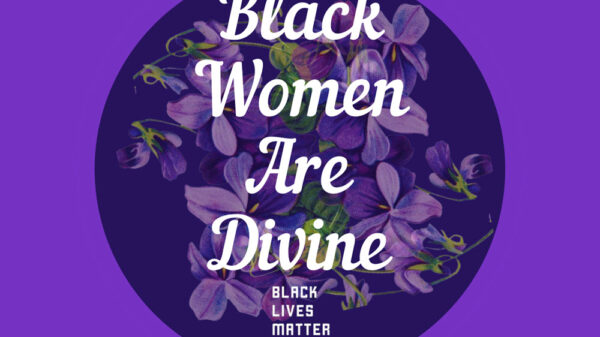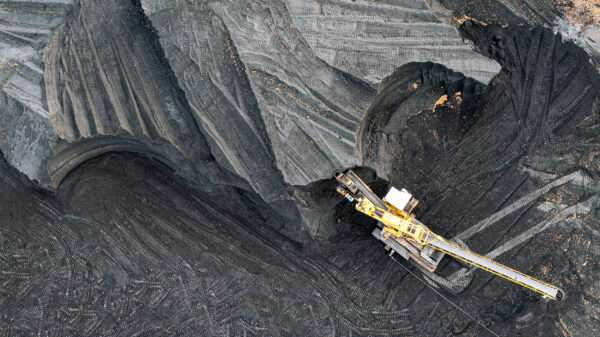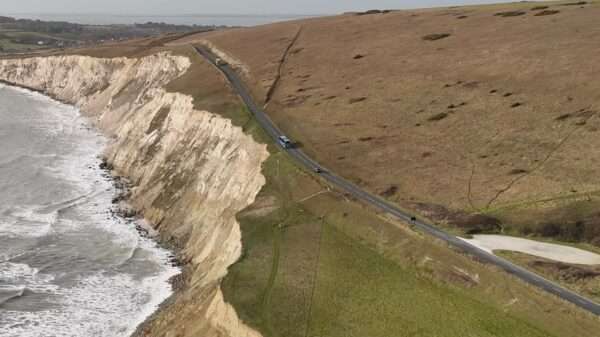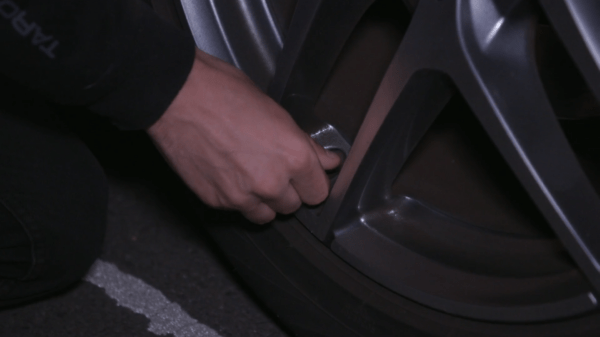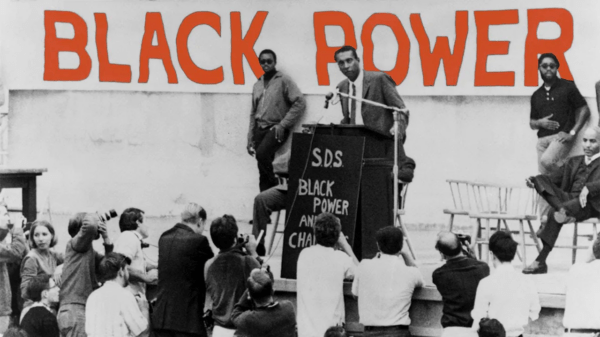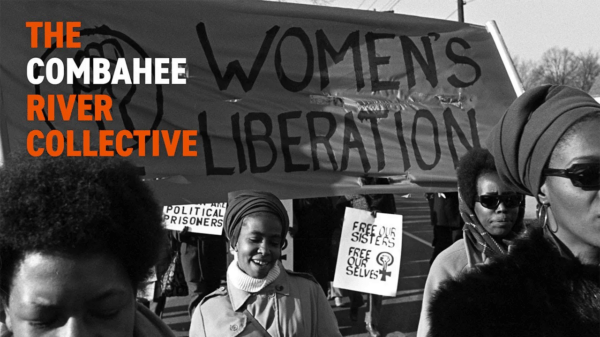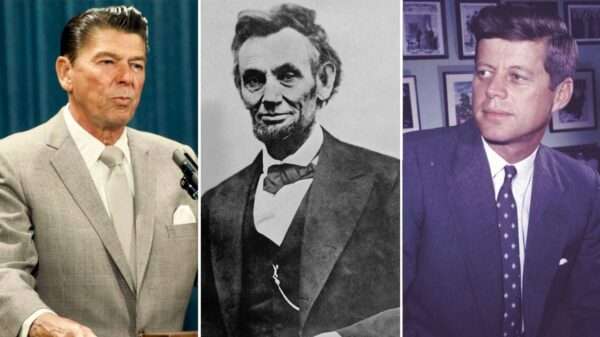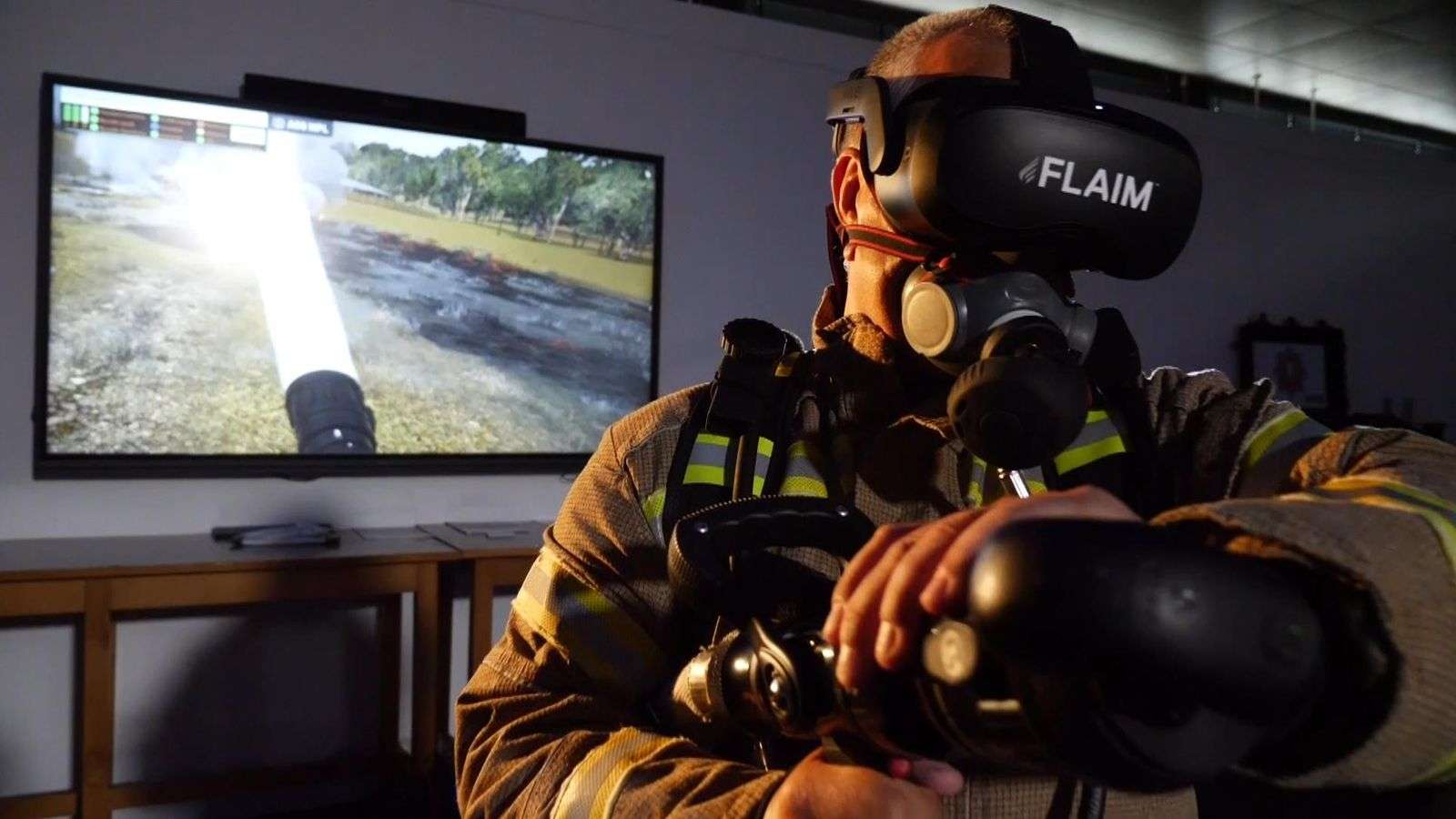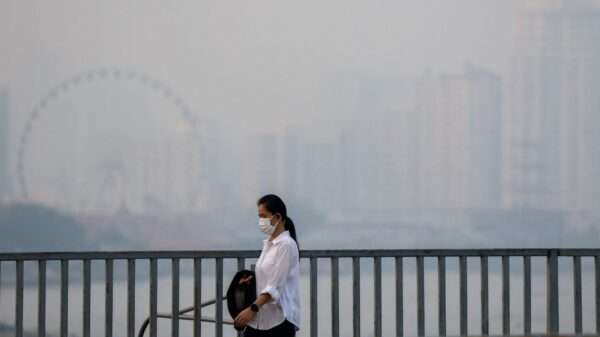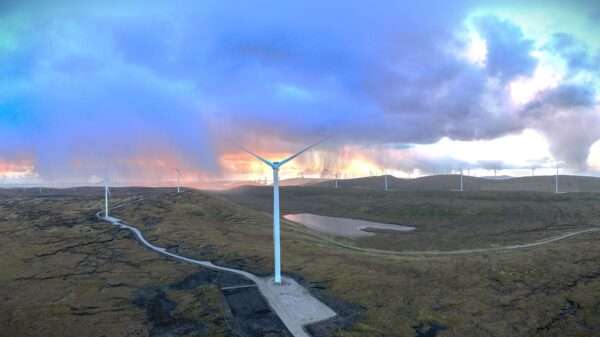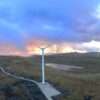Virtual reality (VR) is revolutionizing how firefighters prepare for the increasingly complex challenges posed by climate change. Traditionally, firefighters have honed their skills in live-fire training scenarios, which involve controlled burns and real flames to simulate the intense conditions they face in the field. However, these exercises come with significant risks, high costs, and environmental concerns, leading to a growing interest in innovative alternatives.
Enter VR technology, which is rapidly emerging as a game-changing tool in firefighter training. Using VR, trainees can be immersed in realistic, high-pressure environments without ever being exposed to actual flames. This technology allows instructors to create detailed simulations of various scenarios, from wildfires fueled by extreme weather conditions to urban fires exacerbated by rising temperatures. The beauty of VR lies in its ability to replicate these scenarios repeatedly and consistently, providing firefighters with the opportunity to perfect their responses in a controlled setting.
One of the most intriguing advancements in this field is the integration of haptic feedback systems, often referred to as “haptic hoses” and “hot suits.” Haptic hoses simulate the physical sensations of handling a fire hose, including the weight, pressure, and resistance that firefighters would experience in a real-life situation. This tactile feedback is crucial for training, as it helps firefighters develop the muscle memory needed to handle equipment effectively under duress. Hot suits, on the other hand, take the realism a step further by mimicking the intense heat that firefighters encounter during a blaze. These suits are equipped with temperature sensors and haptic actuators that simulate the feeling of heat on the skin, creating a visceral experience that closely mirrors reality.
The use of VR and haptic technology in firefighter training offers several advantages over traditional methods. First and foremost, it significantly reduces the risk of injury. In live-fire exercises, even the most controlled scenarios can be unpredictable, leading to accidents and injuries. VR eliminates this danger, allowing trainees to make mistakes, learn from them, and try again without the fear of getting hurt. Additionally, VR training is cost-effective. Live-fire drills require extensive resources, including fuel, water, and safety personnel, all of which can be expensive and logistically challenging to manage. VR simulations, by contrast, are more sustainable and can be conducted repeatedly at a fraction of the cost.
Another critical benefit of VR training is its environmental impact—or rather, the lack thereof. Traditional live-fire exercises contribute to air pollution and can damage the surrounding ecosystem. In an era where climate change is a pressing concern, reducing the environmental footprint of training exercises is a significant advantage. VR offers a more sustainable alternative that aligns with the growing emphasis on environmental responsibility within the firefighting community.
However, despite the clear benefits, the question remains: Can VR truly replace the experience of real fire? There is a certain unpredictability and intensity to live fires that is difficult to replicate in a virtual environment. The roar of flames, the acrid smell of smoke, and the oppressive heat are all sensory experiences that contribute to a firefighter’s ability to stay calm and focused in the midst of chaos. While haptic hoses and hot suits provide a high degree of realism, they may not fully capture the psychological and physical stress of a live fire.
Moreover, there is a concern that over-reliance on VR could lead to a gap in practical skills. Firefighting is as much about intuition and experience as it is about technique. Seasoned firefighters often speak of a “sixth sense” that develops over years of exposure to real fires—a kind of instinctual knowledge that helps them anticipate dangers and make split-second decisions. VR training, no matter how advanced, may not be able to instill this level of expertise.
In conclusion, while VR, haptic hoses, and hot suits represent a significant leap forward in firefighter training, they are unlikely to completely replace traditional methods. Instead, they should be viewed as complementary tools that enhance training programs. By blending the safety, cost-effectiveness, and environmental benefits of VR with the irreplaceable experience of live-fire drills, firefighting departments can better prepare their teams for the evolving challenges posed by climate change. As technology continues to advance, the integration of these new methods with traditional practices will be crucial in ensuring that firefighters are ready to meet the demands of a changing world.


